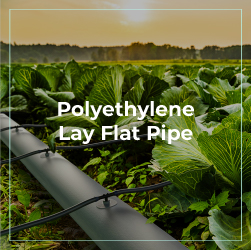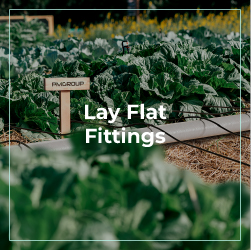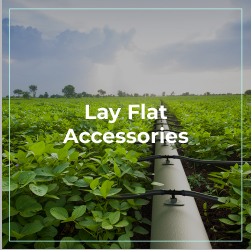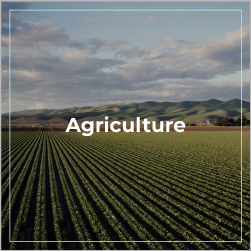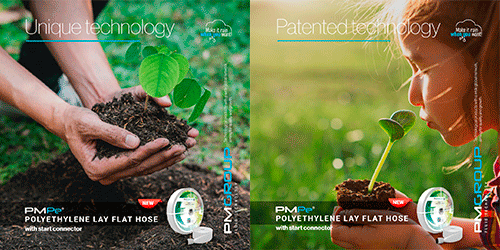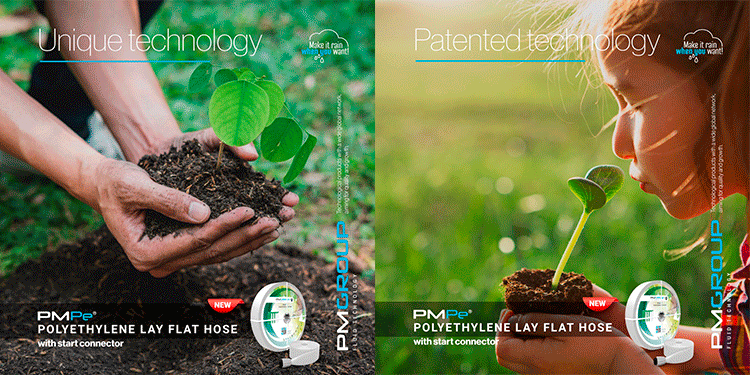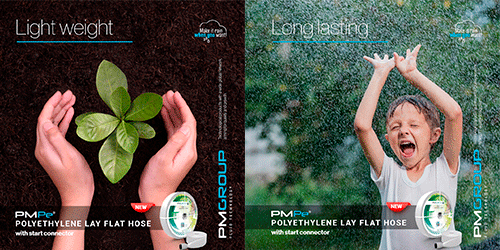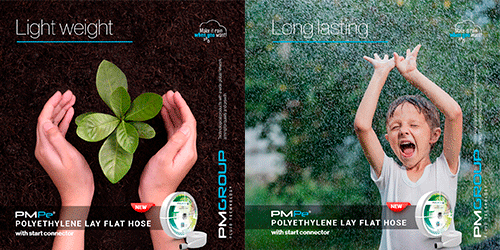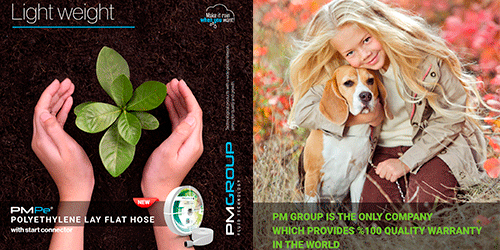Drip irrigation and precise fertilization techniques are transformative methods that address these needs efficiently. This article explores how drip irrigation combined with targeted fertilization boosts agricultural productivity, saves water, and improves crop yields.
Understanding Drip Irrigation
Drip irrigation is a method of delivering water directly to the plant’s roots through a system of tubes, pipes, and emitters. This technology minimizes water wastage by ensuring that every drop reaches the plant’s root zone. Unlike traditional irrigation systems that distribute water over a large area, drip irrigation focuses on precision. It allows for controlled water application, which can be adjusted based on the plant’s growth stage and specific needs.
Fertigation, the integration of fertilization with drip irrigation, takes the benefits of drip irrigation a step further. This technique involves delivering water and nutrients simultaneously through the drip system. The primary advantage of fertigation is its precision in nutrient delivery. By applying fertilizers directly to the plant’s root zone, it ensures that nutrients are available where they are most needed, improving nutrient uptake and reducing waste.
Benefits of Drip Irrigation
- Water Efficiency: Drip irrigation uses up to 50% less water compared to conventional methods. By delivering water directly to the roots, it reduces evaporation and runoff.
- Improved Crop Yields: Consistent moisture levels promote healthy plant growth and can lead to higher yields.
- Reduced Weeds and Soil Erosion: Targeted watering minimizes weed growth and reduces soil erosion, as water is applied directly where it is needed.
- Lower Energy Costs: With less water and energy needed to operate, irrigation systems can be more cost-effective in the long run.
The Role of Fertilization in Drip Systems
Integrating fertilization with irrigation—known as fertigation—allows for the simultaneous application of water and nutrients. This approach offers several advantages:
- Precision Nutrient Delivery: Fertigation ensures that nutrients are delivered directly to the plant roots, improving nutrient uptake and reducing waste.
- Optimized Nutrient Use: By matching nutrient application with plant growth stages, fertigation enhances the efficiency of fertilizers and minimizes environmental impact.
- Enhanced Crop Health: Proper nutrient management promotes better plant health and resilience against pests and diseases.
Drip irrigation systems also enhance crop yields. The consistent moisture levels provided by the system promote healthier plant growth, leading to potentially higher yields. Additionally, the targeted application of water reduces the growth of weeds and minimizes soil erosion, further contributing to improved crop productivity.
Best Practices for Combining Drip Irrigation and Fertilization
- Regular Monitoring: Regularly check the system for clogs or leaks and monitor soil moisture levels to ensure optimal performance.
- Soil Testing: Conduct soil tests to determine the specific nutrient needs of your crops. This helps in tailoring the fertigation schedule for maximum efficiency.
- Adjust Fertilizer Types: Use water-soluble fertilizers suited for fertigation to ensure they dissolve properly and are effectively delivered to plants.
- System Maintenance: Maintain the irrigation system by cleaning emitters and filters regularly to prevent nutrient buildup and ensure consistent water flow.
Drip irrigation combined with strategic fertilization is a powerful approach to enhancing agricultural productivity. By focusing on water efficiency and precise nutrient delivery, farmers can achieve higher crop yields, reduce resource waste, and promote sustainable farming practices. As technology continues to advance, these methods will play an increasingly critical role in meeting the growing demands of global agriculture.

